embodied relational wisdom
“Wisdom begins in wonder.” Socrates
“Love in the classroom prepares teachers and students to open our minds and hearts. It is the foundation on which every learning community can be created.” bell hooks
As a dancer I believe my body speaks, as a choreographer I believe my body communicates, and as a teacher I believe my body, and the bodies of my students, are vehicles for not only a culturally diverse creative art form, but also for building a socially sensitive and communally aware worldview. As a teacher I believe in inspiring wonder and in fostering love in the form of genuine respect for all voices, all ideas, and all bodies.
From a student of mine in 2015:
This instructor really embodies a pedagogy that considers learning classroom material to be intertwined in real life. And so I have learned to see with renewed eyes my past and present.
What is my pedagogy?
Embodied knowledge
Our bodies are wise. Our movements were our primary language, and paved the way for our brains to think. Connecting our bodies to our learning affirms an holistic view of education, and allows for a more humane way of being with each other. Often in the beginning of a class I will give an assignment which asks the student to come into class with a phrase that is uniquely them, or any movement experience that makes them feel alive. This opens the gates right away to the students’ center of knowing in themselves, and engenders a level of honesty and openness that leads towards transformative education.
Inquiry
Rilke said to “live the questions now”, in order to someday “live into the answers.” Whether teaching dance with asking “how can we find center in our bodies with this movement,” or teaching how to teach dance with “how does one learn about this genre in creative, analytic, and performative ways,” creating classes where inquiry is the major mode of entry into the topic at hand allows for individual voice, valuing the unknown, and living the questions.
Learning by Doing and Backwards Design
I align myself with the oft-quoted Ben Franklin – “Tell me and I forget. Teach me and I remember. Involve me and I learn.” Students of dance education certainly need incubation time to formulate their teaching methods and ideas but the work itself comes alive when in the field. It is there that students find their source of wonder, and perhaps the reason they started dancing in the first place. Using backwards design is natural for a performing art – we choose our goals and integrated ideas we’d like our students (or audience) to understand, and then, formulate lessons and units and semesters from this organized whole.
Critical and Feminist Pedagogy
A student who reflects upon their own culture and lived experience, develops their own voice and body through a critical look at the world in which they live and the educational system in which they hope to work, and who wishes to transform our society towards equality is someone who practices critical, feminist pedagogy. An example of my own teaching in this direction is in giving students the freedom to facilitate classes for communities where individual voices are heard and respected, and where discussions about what dance is, who gets to dance where, and what kind of dance is valued, is present.
What is the bottom line?
Just having dance in the schools creates an immediacy of knowing, an accessibility of community understanding, and a chance to awaken parts of our beings that can lie dormant in a world that has created a divide between brain and body. Teaching dance teachers to investigate knowledge and transform our educational system through the use of the body fosters future leaders who can hold an embodied vision of equal access, holistic learning, and a socially just world. As a teacher, I hope to nurture these future leaders, and with that, in my own small way, help heal the world.
